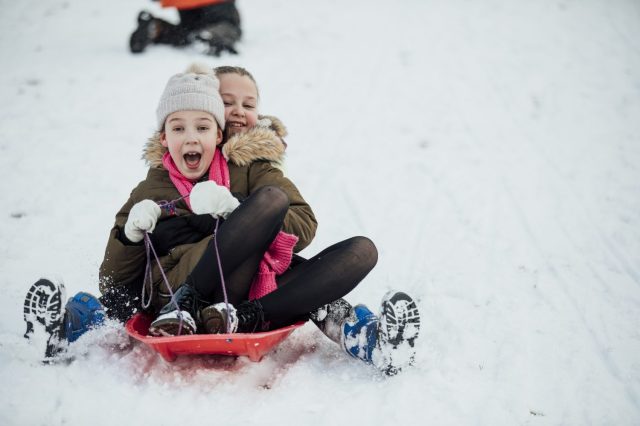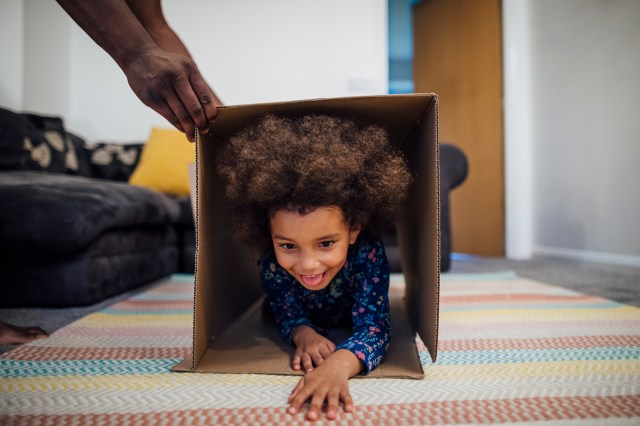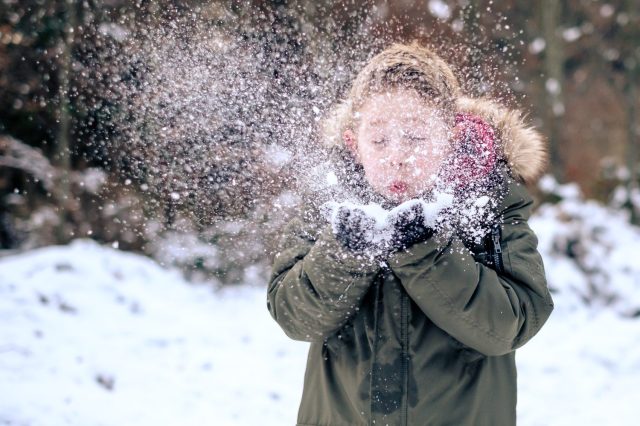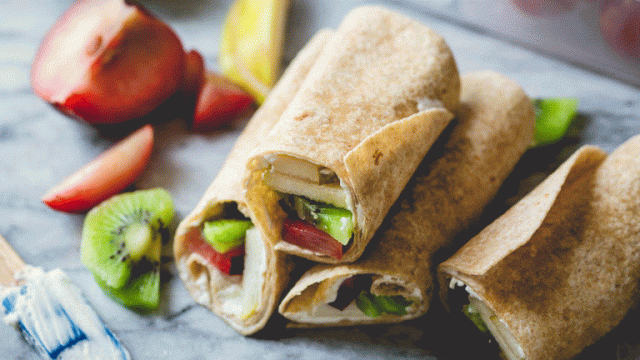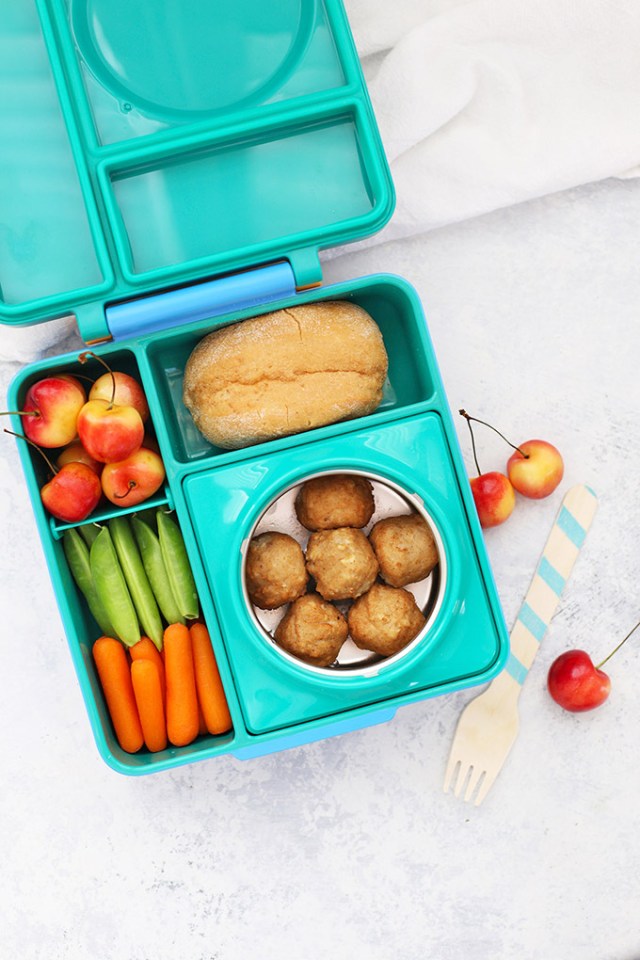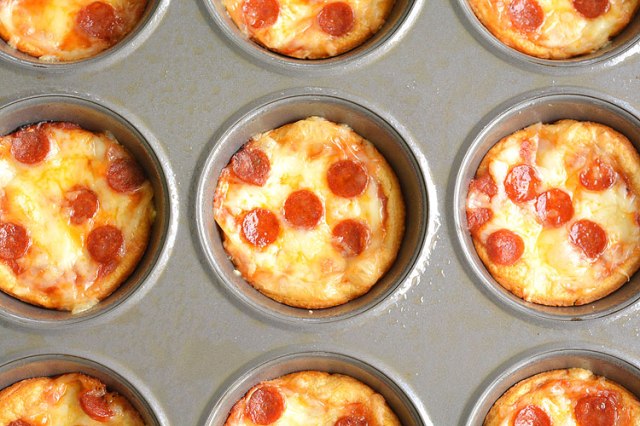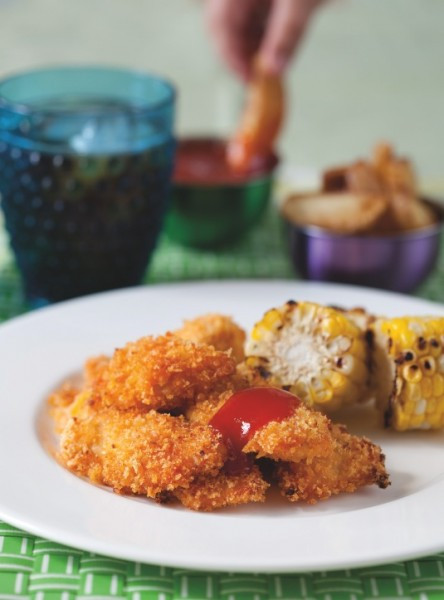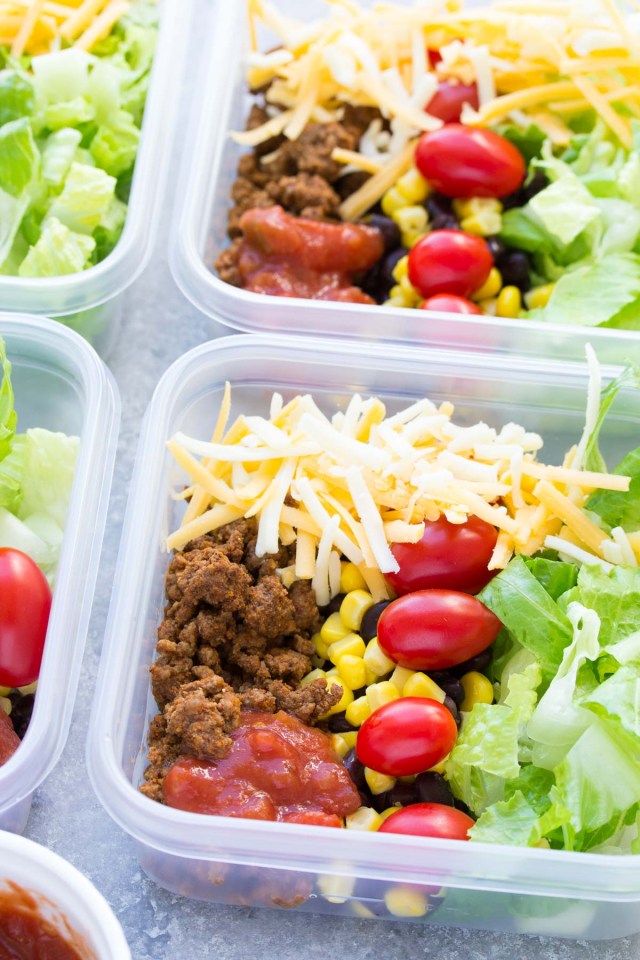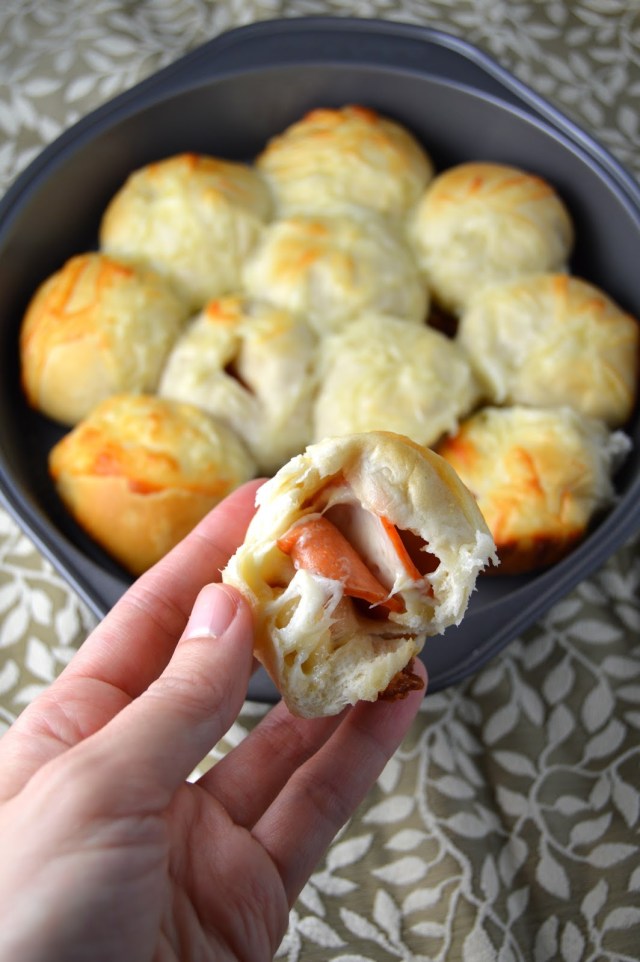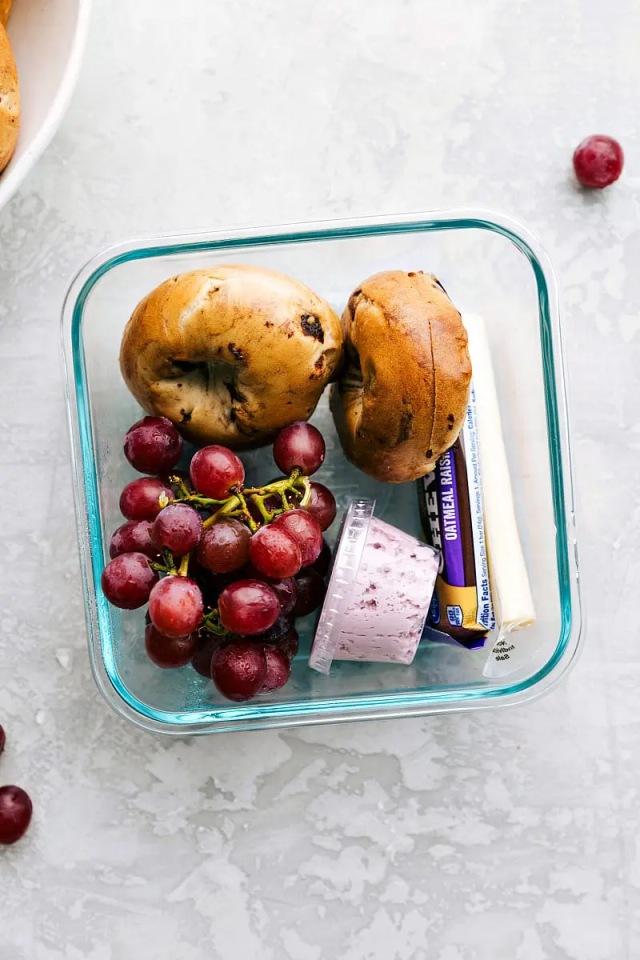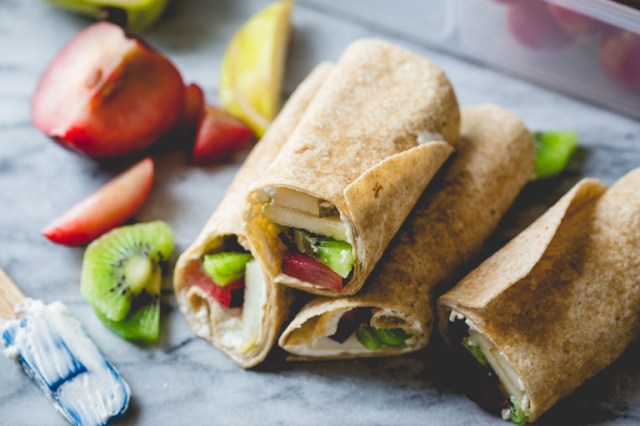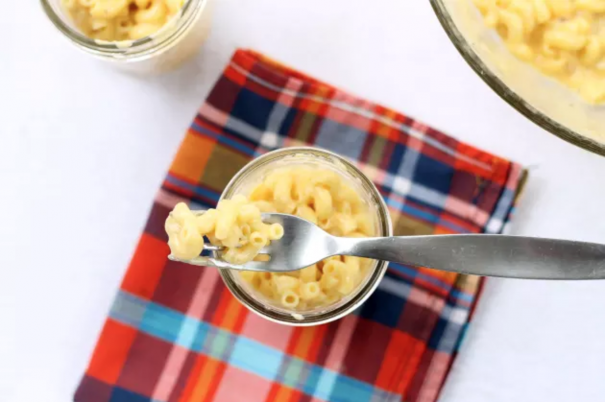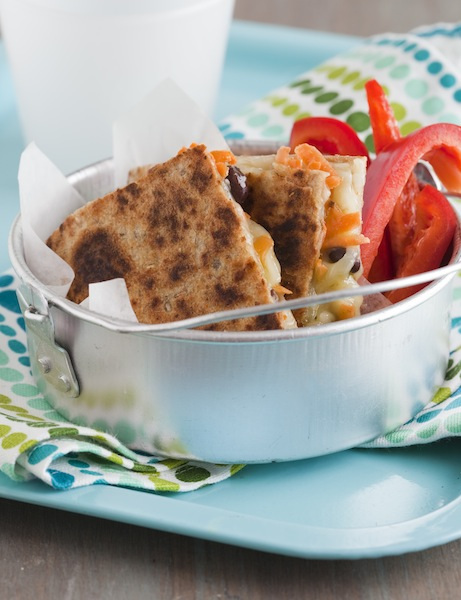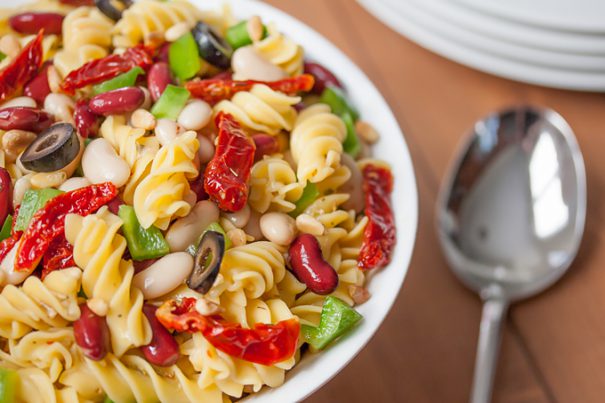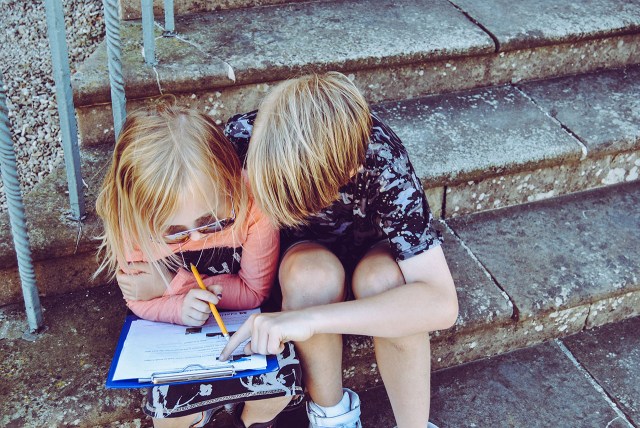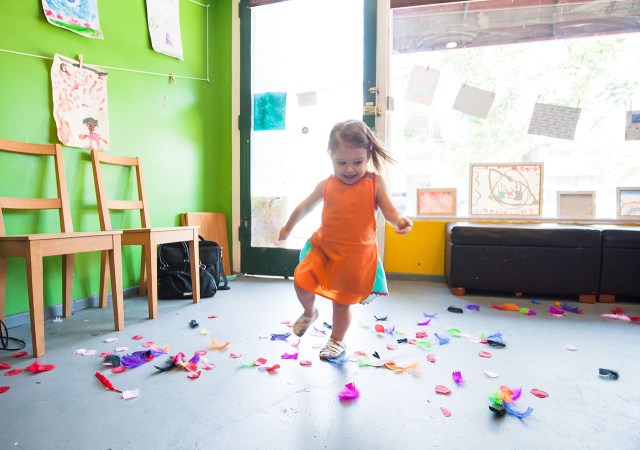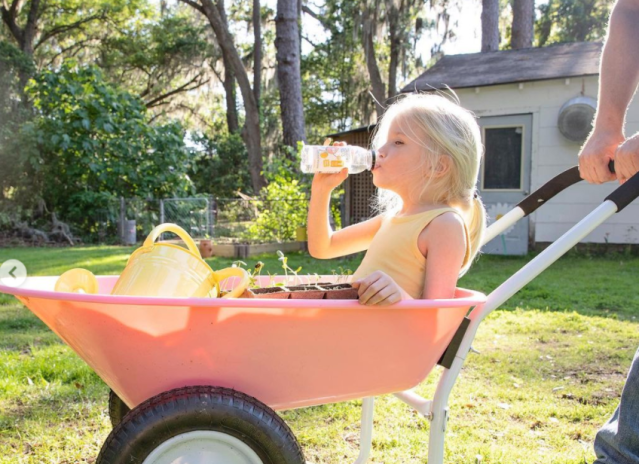There are so many parts of parenthood that no one can prepare you for: the first time your baby smiles at you, the first time your child rides a bike, the first time your tween rolls their eyes at you… Yes, the transition from child to tween can be tough, but there are ways to navigate these choppy waters.
There are things you can avoid saying and some things you should lean into. When the child who used to tell you everything no longer opens up, when the child who used to be glued to your side doesn’t want to hang out, and when the child who used to smile every day seems more introspective, here are some ways to try to break through.
“I hear you.”
Many times, all any of us really want is someone to actually listen to us, and our tweens are no different. “Try to understand their perspective before offering suggestions,” the American Psychological Association recommends. “Sometimes your own anxiety can prompt you to try to fix everything. But in many cases, the best help you can offer is to listen attentively.”
“Is there anything I can help with?”
This ties into listening better, but as parents, we can’t always assume that we know what’s wrong. Ask your child for insight instead of meeting them with assumptions. “Do not assume that you know what’s wrong,” the National Health Service advises. “Rather than asking ‘Are you being bullied?’ try saying, ‘I’ve been worried about you. You don’t seem like your usual self, and I’m wondering what’s going on with you at the moment. Is there anything I can help with?'”
“I’m so proud of you.”
This is something we remember to say when our child lands on the honor roll or has a similar amazing accomplishment—but do you remember to say it when your child is just being themselves? I’ve raised an empathetic child, and that’s something I’m very proud of. When I see him saving snacks for his sister or telling me a story about talking to a child who was sitting alone at lunch, I make sure to let him know how proud I am of him and of his character. Pride doesn’t always need to be saved for measurable achievements—like trophies or wins.
“I’m sorry.”
Parents are human, and as such, will make mistakes. We can’t expect that we are always going to model perfect behavior to our children, and when we mess up—we should own it. “Apologizing to your children shows them that you as a parent are willing to take responsibility when you lose your cool or do something hurtful,” advises Sarah Epstein, a licensed marriage and family therapist. “When parents refuse to apologize, it shows the child that their parent is never willing to take responsibility simply because they are the parent. It erodes trust.”
Make it about them.
This isn’t a specific phrase; it’s rather the absence of a very specific word from time to time—”I.” Remember to center your child in the conversation. “Business people are often trained to say, ‘I understand you feel…’ This phrase doesn’t work with kids because it shifts the attention to ‘I’ the adult rather than ‘you, the child, who wants and needs to feel heard,'” says Eileen Kennedy Moore, a psychologist who specializes in parenting, child development, mental health, and social emotional learning, and the author of Kid Confidence: Help Your Child Make Friends, Build Resilience, and Develop Real Self-Esteem. “Use the word ‘you’ and avoid ‘I’ to keep the focus of your empathic comments on your child.”
“Can you show me how you did that?”
The tween years are about the time you start to learn there are things your child knows more about than you. Give your child a reason to get excited about telling you about new interests by showing them you are invested in the idea that they are growing and learning—and probably know more about fifth-grade math than you.
“No.”
The ability to say “no” is something that we can all learn from, and saying “no” to your child teaches them the importance of boundaries. “It does [a child] no favor to be taught that ‘no’ is the opposite of ‘nice,’ to be raised and praised as someone who is always agreeable, never complains, pleases at all costs, goes along to get along, bows to disagreement, and suffers dissatisfaction in silence,” explains Psychology Today. Your child is going to be up against so many situations in life that challenge their beliefs and surface the need to make important decisions. Modeling “no” as a healthy, normal response is critical.










